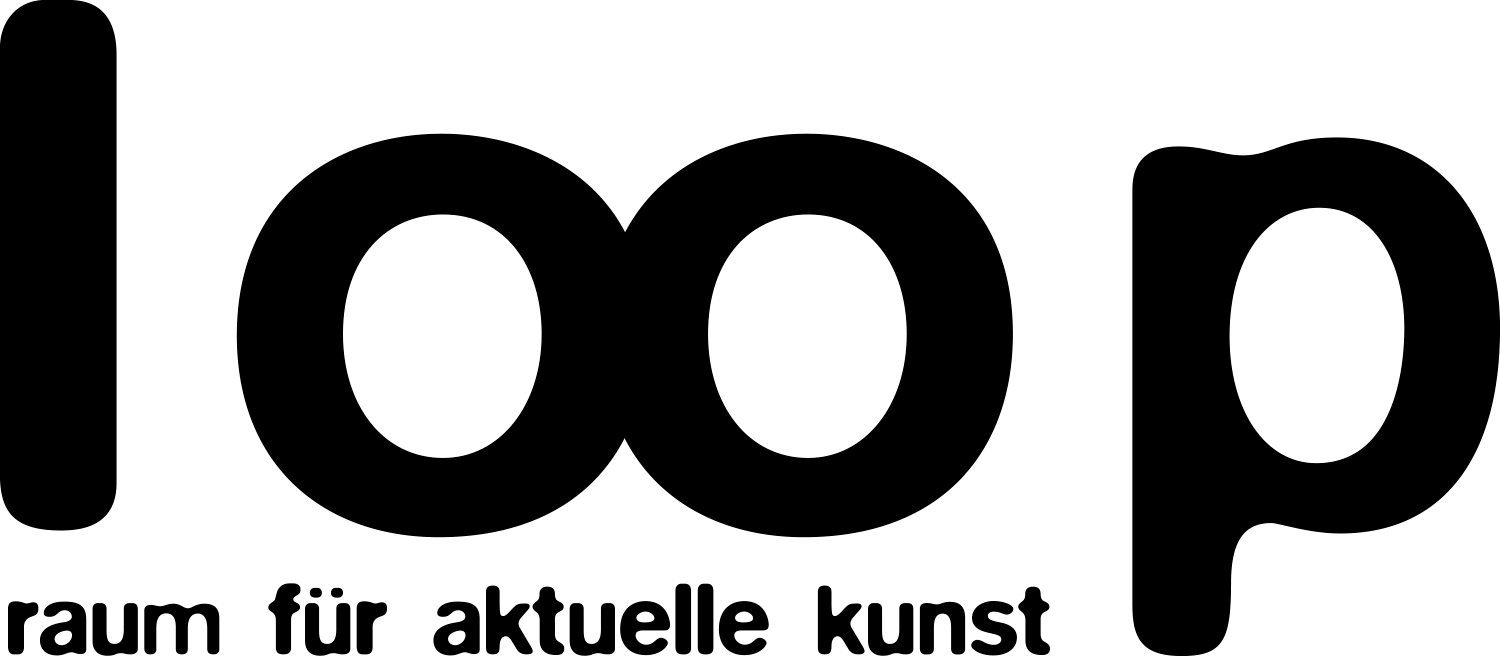same same but
Fiene Scharp
The works of artist Fiene Scharp, born in 1984, are sometimes so delicately crafted that one might think they could be damaged by mere viewing. Her paper cutouts, which often resemble drawings, are based on grids whose structures the Berlin-based artist manually guts and decontextualizes, thus revealing new orders. Overlays create three-dimensional, condensed structures with new surfaces and divisions. They are reminiscent of structures familiar from concrete art. In her exhibition “same same but” at B-Part Exhibition, Scharp shows works from three of her series: the two-dimensional paper cutouts, the multi-layered structures in acrylic glass boxes, and the serial stamp drawings. Together, these series raise questions about repetition and deviation, about the relationship between manual labor and system.
For the series of single-layer paper cuts, Scharp either combines various sheets of paper that she has modified and assembles them to form a surface that is irregular in color and structure, or she processes a single sheet in the same way. These are secondhand utility papers—account books, logarithm tables, registration sheets—whose pages she works on precisely, turning them into a medium for reflection on materiality and lineation, but also on rationality and arbitrariness. By removing the white spaces between the preprinted lines with a scalpel, Scharp reinforces the rhythm of the given grid. At the same time, she dissolves their functionality, long since obsolete due to digitalization, in a play with chance and material. Using the already porous surfaces of the papers, Scharp creates paper grids whose bars are allowed to break and whose spaces between them can be irregular when viewed closely due to remaining residues. The surface, transformed from a printing matrix into a paper grid, is no longer smooth like a drawing, but has curves, casts shadows, and becomes three-dimensional. The material itself becomes a partner in the work process, its sensitivity and resistance shaping the emerging structure. Works emerge that are somewhere between drawing and object, between perfection and rupture, in which Scharp is fascinated by the minimal imperfections.
The artist, once a scholarship holder of the Konrad Adenauer Foundation (Else Heiliger Fund, 2015), is less interested in the duration of the production process than in the process itself, in which order and deviation take shape in equal measure. The resulting works challenge viewers to engage in precise, concentrated observation, revealing subtle differences and shifts when viewed up close, and ultimately the material of paper itself.
In the series of acrylic glass boxes, processed sheets of paper from the same source, including tax forms, are superimposed on each other. The two to three layers of cutouts are separated from each other by acrylic glass panes, which evokes a different materiality, taking away some of the lightness of the works, but giving them an architectural quality. The paper grids are shifted against each other, which gives systematic repetition and its breaks a different weight. The works appear all the more plastic and spatial, evoking a distant memory of International Style buildings, of the legacy of modernism, which in its drive for rationality also produced forms such as those used here.
This echo can also be heard in the stamp drawings in DIN A4 format, which are hung in the exhibition as an open grid, forming an ensemble that also incorporates the wall as a design element through empty spaces. This is all the more interesting because the grid on the individual sheets of paper is only created through manual repetition, with the additive process of stamping producing a framework that only appears to be mechanical. Depending on the viewer's distance from the different-colored papers, now edited with drawings, the seemingly systematic structure transforms into a vibrant field of small deviations. The grid becomes a drawing of chance.
All three series of works revolve around the same question: How can order be dissolved at the moment of its creation? In the superimposition, in the intersection, and in the rhythm of repetition, variants of a system emerge that reveal themselves. Sharp's works move in the moment when structure and fragility, control and letting go come into balance with each other.
This exhibition was sponsored by the Else Heiliger Fund (EHF 2010) of the Konrad Adenauer Foundation.
